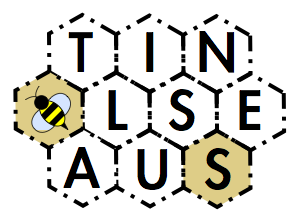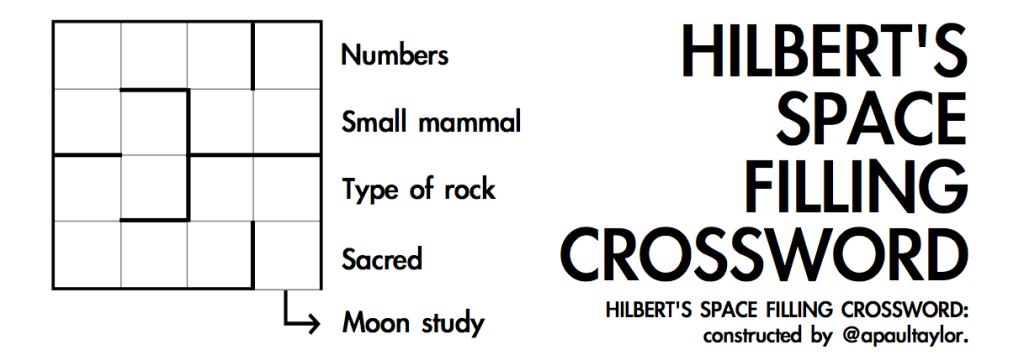I’m currently reading The Undercover Economist by Tim Harford, presenter of Radio 4 maths show More or Less. It’s very good, but one thing is stopping me from giving it an unqualified recommendation: it’s full of passages like this:
[T]he government spends three hundred dollars per person (five times less than the British government and seven times less than the American government)
Because of its lousy education system, Cameroon is perhaps twice as poor as it could be.
The poorest tenth of the population spends almost seven times less on fuel than the richest tenth, as a percentage of their much smaller income.

